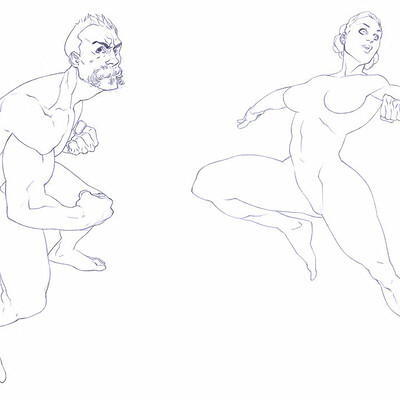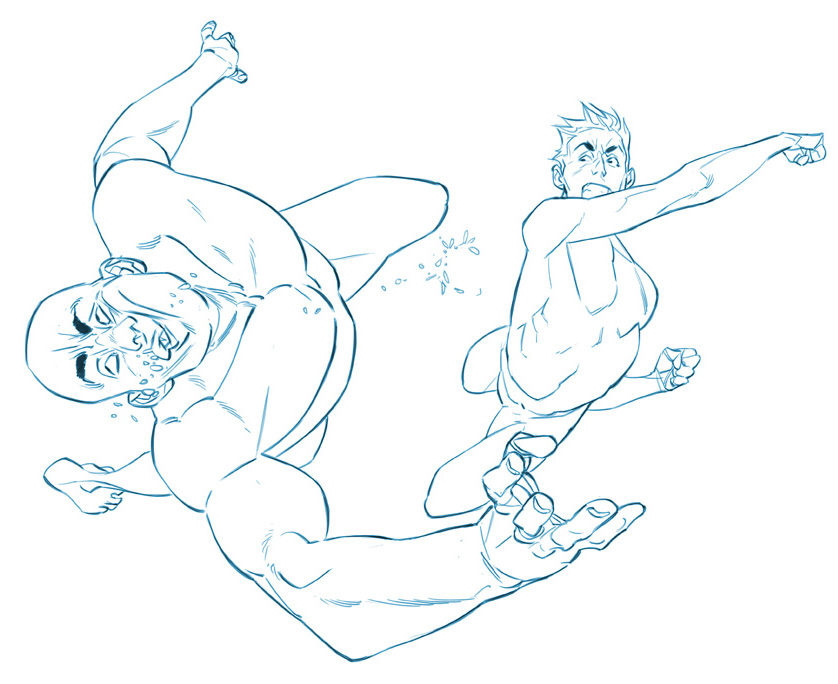
It has now been translated into english for the first time and contains over 1200 photographs, diagrams and drawings within its 500 pages. * Artbookreview * Apr-17 Gottfried Bammes's The Complete Guide to Anatomy for Artists & Illustrators was originally published in Germany in 1964 and is considered to be the definitive guide to drawing the human body. I'd hesitate to recommend this as a primer but, if you're interested in anatomy for artistic purposes, I doubt you'll ever find a better, and certainly not a more complete, guide.

On top of this, the way the book is structured makes each section a unit in its own right you can concentrate on the room without feeling weighed down by the rest of the building, large and ornate though it is. The result is not only manageable, but looks and feels manageable. He has a lightness of touch that, while it might be out of place in a hospital lecture theatre, is more than adequate in a drawing studio. That Gottfried avoids this is, in large part, down to the quality of the drawings he uses to illustrate everything. Anatomy, rather like perspective, is complex and comes with the additional hazard that, when writing about art, any author needs to avoid something that looks like a medical textbook. Gottfried Bammes does a remarkable job of explaining every aspect of both anatomy and the practice of drawing it in a way that simplifies without reduction to absurdity. Substantial, however, doesn't mean incomprehensible and, looking into its pages, it becomes possible to believe the jacket's claim that the original German edition is "bestselling" - even though I doubt it would have troubled the literary pages of the Frankfurter Allgemeine. * .uk * This is the most substantial book I've seen on the subject of anatomy. Illustrated with fine examples of well-known artists such as Michelangelo, Matisse and Durer. The highly detailed instruction is probably beyond the Sunday painter, but for any serious painter of the human form, this is the best book I have seen.

The developmental sequences, for example, of knee construction are fascinating.

It talks about measuring processes, developmental stage and proportion3-dimension and space, poses and all factors that have to be taken into account when drawing. The book includes Anatomy For Artists Past and Present The Proportions of The Human Body Bearing and Movement Building Blocks Lower Extremities Skeleton Muscles Upper Extremities Neck Head including facial features and Artistic Freedom. It provides an in-depth look at the subject. It is a systematic approach to learning anatomy offering steps and exercises to reveal practical development for the artist. Structure, function and anatomical processes are all described in detail. The tome contains over 12,000 drawings, diagrams and photographs covering all aspects of the human form. This is the first English translation of the complete work. Originally published in Germany in 1964, this has become a definitive guide to drawing the human figure. "synopsis" may belong to another edition of this title.

Through his systematic and practical approach to teaching, the reader will acquire an in-depth knowledge of anatomy and the ways in which it can be used to express the human form in art. Bammes goes on to explore in depth the human skeleton and musculature the proportions of the body the static and dynamic laws of posture and movement body language and the interrelationships of the various elements of the body. This comprehensive guide begins with the history of human anatomy for artists, and its influence on the development of the artistic visualisation of the body. Now, both new and experienced English-speaking artists and illustrators can benefit from the vast body of knowledge accumulated and lovingly presented by Professor Bammes in his acclaimed work. Based on the most recent German edition and faithful to the original, it contains over 1200 photographs, diagrams and drawings, including work by the author himself, and spans over 500 pages. Having undergone numerous editions since it was first published and still much in demand today, this, the first ever English translation of the complete work, has been long awaited. Originally published in German in 1964, Professor Gottfried Bammes Die Gestalt des Menschen is still considered the definitive guide to drawing the human form.


 0 kommentar(er)
0 kommentar(er)
